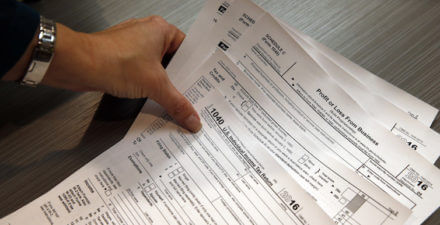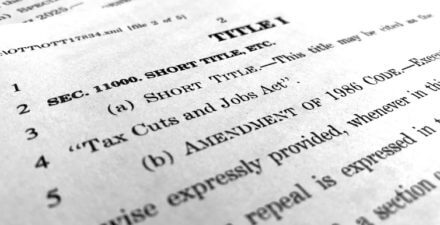Overview
Beginning in April 2018, the federal government required a cost-benefit analysis for many more tax regulations than it had in the past. More than 2 years later, it is clear this experiment in cost-benefit analysis of tax regulations has failed. The cost-benefit analyses released alongside regulations implementing the Tax Cuts and Jobs Act provide little information relevant to assessing the merits of those regulations and often fail to identify or evaluate regulatory giveaways in them. The weaknesses of these analyses are rooted in the framework that the White House Office of Information and Regulatory Affairs mandates for the cost-benefit analysis of federal regulations. This framework is fundamentally ill-suited to the evaluation of tax regulations. The next administration should eliminate the requirement for cost-benefit analysis as applied to tax regulations and instead require a Treasury-led economic analysis of tax regulations, focusing on the impacts on revenues, on the level and distribution of the tax burden, and on compliance costs.
Download File
Cost-benefit analysis of U.S. tax regulations has failed. What should come next?
Key Takeaways
- In April 2018, while the U.S. Department of the Treasury and the IRS were developing regulations to implement the Tax Cuts and Jobs Act, the Trump administration expanded a requirement for cost-benefit analysis of tax regulations so that it applied to many more tax regulations than it had in the past.
- More than 2 years later, it is clear this experiment in cost-benefit analysis of tax regulations has failed. The cost-benefit analyses released alongside regulations implementing the Tax Cuts and Jobs Act provide little information relevant to assessing the merits of those regulations. Moreover, while tax experts criticize many of these regulations for providing unmerited windfalls to favored groups, the cost-benefit analyses often fail to identify these windfalls or provide critical analysis of them.
- The weaknesses of these cost-benefit analyses are rooted in the framework that the White House Office of Information and Regulatory Affairs mandates for the cost-benefit analysis of federal regulations. This framework is fundamentally ill-suited to the evaluation of tax regulations for two main reasons. First, the framework treats revenue impacts as neither a cost nor a benefit even though raising revenues is the primary purpose of taxation. Second, the framework relegates changes in the distribution of the tax burden to second-tier status.
- The next administration should eliminate the requirement for cost-benefit analysis of tax regulations and the Office of Information and Regulatory Affairs’ authority to review that analysis. Instead, the Treasury Department should provide a qualitative, and, when feasible, quantitative evaluation of tax regulations grounded in the fundamental considerations of tax policy: impacts on revenues, on the level and distribution of the tax burden, and on compliance costs.
Related
Distribution Analysis as Welfare Analysis
The coronavirus recession highlights the importance of automatic stabilizers
Explore the Equitable Growth network of experts around the country and get answers to today's most pressing questions!






